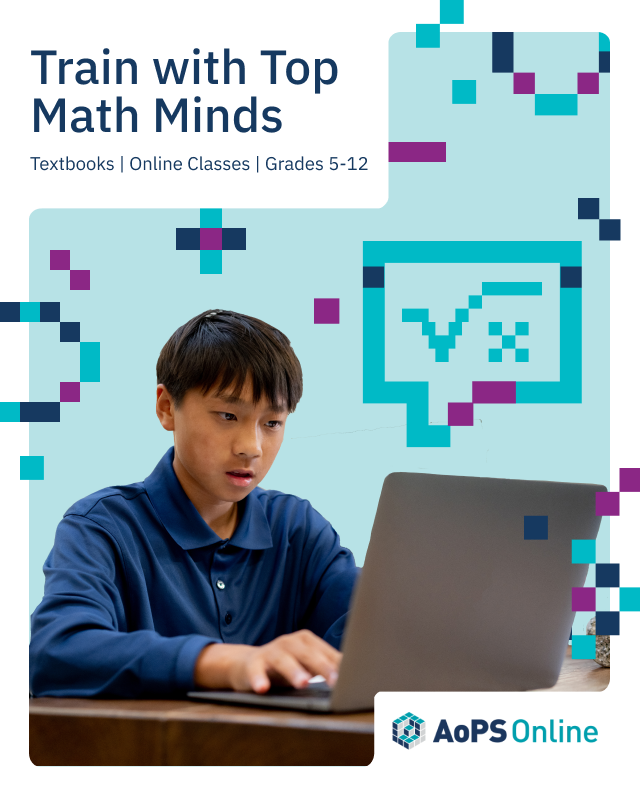Lisa Smith, Founder of The Peaceful Parent, joins the podcast to talk about how much more our kids learn from our actions than our words, and to share a four-step process for modeling problem solving with intention.
Teaching our students is important. But until they have matured into those problem solvers of tomorrow, students are singularly focused individuals with a high need for modeling.
As a teacher or parent, are you backing up your words with mirrored actions? If not, you might not be teaching your student what you thought you were.
In this episode, Lisa Smith, Founder of The Peaceful Parent, describes teaching versus modeling, and her four-step process for modeling problem solving with intention.
Teaching Versus Modeling
The truth is your student isn’t always listening to you. There are a few reasons for this.
Firstly, students are singularly focused individuals at their age. Secondly, the auditory functions of the ear do not develop until 15 years old. This combination almost guarantees your student won’t listen when you ask them to put their shoes on — especially if they’re already engaged in a different activity.
What is the way to get through to them, then? Modeling, Lisa says.
If you wanted to learn a new language, you would need to attend a class or listen to someone speak on an audio tape to get an accurate understanding. Similarly, people are much more likely to look up a training video on YouTube than read through an instruction manual. So, while it would be much easier if our students did as we said and not as we did, that’s just not the reality.

Modeling is your greatest tool as a parent or teacher, Lisa says. Your student is always watching how you handle situations, what comes out of your mouth, and how you treat other people.
Before you tell your student to do something, make sure you’re holding yourself to that same standard. Otherwise, they’ll see the contradiction and learn something you didn’t intend.
Four-Step Process for Effective Modeling
Ready to walk the walk for your student? Lisa shares her four-step process to help parents and teachers be more effective in their modeling approach:
- Be honest about what you model: If you’re asking your student not to lie, but then they hear you lie on the phone to get out of dinner plans, they’re learning that lying is okay sometimes.
- Be intentional: Know what you want to model. If homework is important, make sure you’re prioritizing time to do that every day.
- Heed words and actions: Don’t say one thing and do another.
- Practice: If you’ve made a plan to do something intentionally, make sure it’s consistent.
Now that we have the process, what would a specific example look like when it comes to rectifying a student’s behavior?
Think about a young student that doesn’t want to brush their teeth at night, Lisa says. You care about their teeth and want them to be consistent with their brushing. To fix this, you decide to gamify the nightly routine with them. Once you’ve solidified your plan, you have to carry it out consistently and by their side if you want to succeed with your endeavor.

Connection leads to cooperation, whereas commanding leads to compliance, Lisa says. Modeling can be challenging and requires a great deal of time on your part to show your student how to do something rather than telling them. But your efforts will be rewarded if you’re consistent and patient.
Next Steps for Parents and Teachers
You’re committed to making a change and modeling for your students. But how do you know where to start?
Watch how they mimic or describe you: For younger students, ask them to play house and see how they mimic a household setting. If they’re older, ask them to describe what you stand for as a parent or teacher.

This will give you a clear, quick idea of where to start if there’s a response that is off the mark of what you’d like for your student.
Modeling is challenging but not impossible. If you put in the consistent effort, you’ll see the fruits of your labor in time. Trust the process and remember to always back up your words with actions.
Guest Links
--
This episode was brought to you by Art of Problem Solving, where students train to become the great problem solvers of tomorrow.
To get weekly episode summaries right to your inbox, follow the podcast at the bottom of this page or anywhere you get podcasts. Ideas for the show? Reach us at podcast@aops.com.












